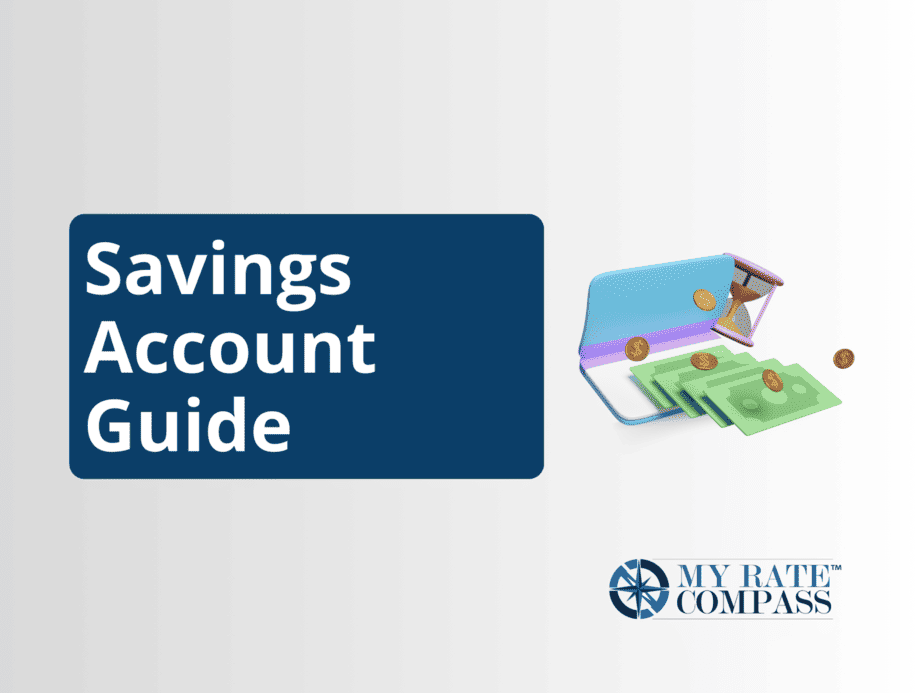TFSA, short for tax free savings account, is a savings and investment tool introduced to Canadians in 2009. A TFSA is one of the most powerful financial tools available to Canadians because all investment income is tax free. However, before you begin to save and invest, there are some very important contribution rules to understand. Everything you need to know about contributing to a TFSA can be found in this article.The
TFSA contribution limit for 2024 is $7,000. You can deposit a total of $102,000 If you have never contributed to a TFSA.
What Kinds of Investments Can I Have in My TFSA?
A TFSA can hold many types of investments aside from cash. You can invest your money into bonds, stocks, GICs, mutual funds, ETFs and much more. The benefit of using a TFSA is all of the investment income you earn is tax free, this includes dividends, capital gains and interest.
Most of the contributions you make into your TFSA will likely be cash, but you can also perform something called an “in-kind contribution”. This type of transaction involves transferring investments from a non-registered account directly into your TFSA. Unfortunately, the downside to this transaction is you’ll need to claim capital gains on the non-registered account on your tax return in the year you transferred it to your TFSA. But if you have a capital loss, you can’t claim it on your taxes.
Contribution Limits in Previous Years
The yearly TFSA limit is designed to align with inflation rates. Since inflation rates have been minimal in the past decade, the annual limit has not increased significantly. Below are the contribution limits from 2009 to 2023 along with the combined contribution room. The limits began in 2009 because that’s when the TFSA program was introduced to Canadians.
Year | Annual Contribution Limit | Combined Contribution Limit |
| 2009 | $5,000 | $5,000 |
| 2010 | $5,000 | $10,000 |
| 2011 | $5,000 | $15,000 |
| 2012 | $5,000 | $20,000 |
| 2013 | $5,500 | $25,500 |
| 2014 | $5,500 | $31,000 |
| 2015 | $10,000 | $41,000 |
| 2016 | $5,500 | $46,500 |
| 2017 | $5,500 | $52,000 |
| 2018 | $5,500 | $57,500 |
| 2019 | $6,000 | $63,500 |
| 2020 | $6,000 | $69,500 |
2021 $6,000 $75,500
2022 $6,000 $81,500
2023 $6,500 $88,000
2024. $7,000 $95,000
2025. $7,000 $102,000
TFSA Contribution Limit
As you can see, the annual contribution limit has slowly increased to $6,000 from $5,000 over the past decade, with the exception of 2015, due to inflation. The contribution limit was $10,000 in 2015 because the Conservative government decided to change how the limit was set. The liberals were elected in late 2015 and reversed what the Conservatives had done bringing the limit back down to $5,500.
Can I Have More Than One TFSA Account?
Yes, you can have more than one TFSA account. However, you can only have one combined contribution limit which means that the sum of all your TFSA accounts cannot exceed the total contribution room available to you. Most people only have one TFSA account for simplicity.
How Much Money Can I Put in My TFSA?
You cannot put more money into your TFSA than your maximum contribution limit. If you over contribute to your TFSA, you’ll face severe penalties – be careful when you make a contribution! Below are some tips and tricks to determining how much money to put into your TFSA and what will happen if you over contribute.
How to Calculate Contribution Limits
Your maximum contribution limit depends on the year you turned 18. If you turned 18 in or before 2009, your total contribution limit is $69,500.
However, if you turned 18 in a year after 2009, the calculation is a bit more complex. To determine your total contribution limit in this case, start in the year you turned 18 and sum all of the annual contribution limits in that year and onwards. For example, if you turned 18 in 2015, your total contribution limit would be $38,500 ($10,000 + $5,500 + $5,500 + $5,500 + $6,000 + $6,000).
The total amount you can contribute to your TFSA as of the current year is known as your TFSA lifetime limit. TFSAs are only 10 years old, the lifetime limit could increase more and more as you age!
Other Ways to Determine Your Contribution Limit
If you want to do a double check on your contribution room, you can contact the CRA or login to CRA MyAccount. They will be able to tell you your current available contribution room at the moment, after considering contributions you’ve already made.
Keep in mind that if you withdraw money from your TFSA, you’ll have to wait until January 1st to replenish that money. Withdrawals are added back to your contribution room in the following taxation year.
What Happens If I Over Contribute?
When more money is in your TFSA than your contribution limit, you will be subject to a 1% penalty of the over contributed amount for every month that the excess money remains in your account. If you over contribute $1,000 for three months, that means you’ll pay $10 every month the $1,000 remains in your account. That adds up to $30 in this example.
The most common reason why people over contribute to their TFSA is by withdrawing and re-contributing money in the same year. There is an annual delay until withdrawals are added back to your TFSA contribution room which many Canadians forget.
If you over contribute, it’s advised that you remove the excess money from your account immediately to avoid the penalty. You can also wait until the next year when you have more contribution room, but that wait can get expensive.
Contributing to Another Person’s TFSA
People may want to contribute to their spouse, common law partner or child’s TFSA. It isn’t possible to directly contribute to someone else’s TFSA. However, you can give the individual money to allow them to contribute to their TFSA. The money you give another individual to contribute to their TFSA won’t be attributed back to you. Although, the CRA states that the total contributions of both individuals can’t be more than your individual TFSA contribution room.
Your TFSA Contributions
The most amazing thing about TFSAs is the massive amount of money they can hold and all investment income earned on that money is tax free. The golden rule of TFSAs is to never over contribute. Before making a contribution, triple check your contribution room for the year to avoid penalties. Otherwise – enjoy the Canadian benefit of a TFSA!







